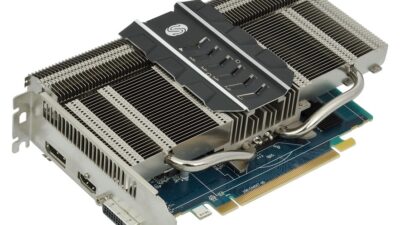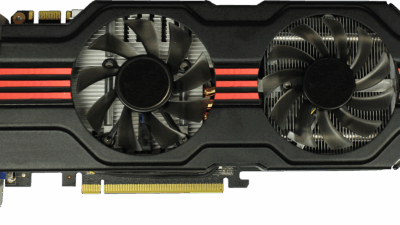In an era where processing power dictates the pace of technological advancement, AMD (Advanced Micro Devices) has emerged as a formidable force in the CPU market. With its latest innovations, AMD is not merely catching up to its competitors; it is redefining performance standards and setting new benchmarks that promise to revolutionize computing across various applications.
The Rise of Zen Architecture
AMD’s journey towards redefining performance began with the introduction of its Zen architecture. Launched in 2017, the Zen microarchitecture reestablished AMD’s competitive position against Intel, offering significant improvements in efficiency and performance per watt. With each iteration—Zen+, Zen 2, and Zen 3—the company has refined its designs, increasing core counts, enhancing IPC (instructions per cycle), and improving power efficiency.
The most recent Zen 4 architecture has further elevated AMD’s offerings. Utilizing TSMC’s 5nm process technology, the Ryzen 7000 series CPUs deliver not only impressive clock speeds but also an increase in multi-threading capabilities. This new architecture is designed to handle demanding applications, such as gaming and content creation, with grace and efficiency, making it a prime choice for enthusiasts and professionals alike.
The Impact of 3D V-Cache Technology
One of the standout features of AMD’s latest innovations is the introduction of 3D V-Cache technology. By stacking additional cache on top of the existing die, AMD has dramatically increased the amount of L3 cache available to the CPU. This innovation provides significant performance improvements in data-intensive applications and enhances gaming experiences.
With up to 96MB of L3 cache in certain models, AMD’s 3D V-Cache technology minimizes latency and maximizes throughput, effectively allowing the CPU to access data more quickly and efficiently than ever before. This capability has proven to give AMD a competitive edge in scenarios that demand rapid data processing.
Advancements in Integrated Graphics
AMD has also made substantial advancements in integrated graphics solutions, particularly through its APUs (Accelerated Processing Units). The latest Ryzen 7000-series APUs leverage RDNA 2 graphics architecture, marking a significant step forward in delivering a robust gaming experience without the need for a dedicated graphics card.
This leap in integrated graphics capabilities broadens the appeal of AMD products to a wider audience, including casual gamers and those with limited budgets. The ability to handle 1080p gaming at respectable frame rates, combined with the CPU’s processing power, positions AMD’s APUs as an attractive choice for budget-conscious consumers.
Enthusiast Features and Platform Upgrades
AMD’s commitment to performance isn’t just in the silicon; it’s reflected in the ecosystem surrounding its CPUs. The AM5 platform, which supports the latest Ryzen processors, offers enhanced connectivity with PCIe 5.0 and DDR5 memory support, providing users with the necessary bandwidth to fully leverage next-generation graphics cards and storage solutions.
Additionally, the overclocking capabilities inherent in AMD processors appeal to technology enthusiasts looking to push their systems to the limit. With advanced thermal management solutions and user-friendly tuning software, AMD has made it easier for users to extract maximum performance from their hardware.
Sustainability and Power Efficiency
Another noteworthy aspect of AMD’s innovations is its focus on sustainability and power efficiency. The move to smaller process nodes, such as 5nm, indicates a strong commitment to reducing power consumption without sacrificing performance. This balance is particularly important in today’s environmentally conscious market.
AMD is also working toward making its packaging and manufacturing processes more sustainable, reflecting a growing trend in the tech industry to prioritize environmentally responsible practices.
Conclusion
AMD’s latest innovations are undeniably reshaping the CPU landscape, challenging not only competitors but also setting new standards for performance, efficiency, and sustainability. With advancements like the Zen 4 architecture, 3D V-Cache technology, and robust integrated graphics, AMD is well-positioned to meet the diverse demands of modern computing.
As technology continues to evolve, AMD’s commitment to pushing the boundaries of what’s possible will ensure that it remains a critical player in the industry. Whether for high-end gaming, content creation, or everyday computing tasks, AMD’s latest offerings redefine what users can expect from their CPUs, making it an exciting time for technology enthusiasts and consumers alike.



